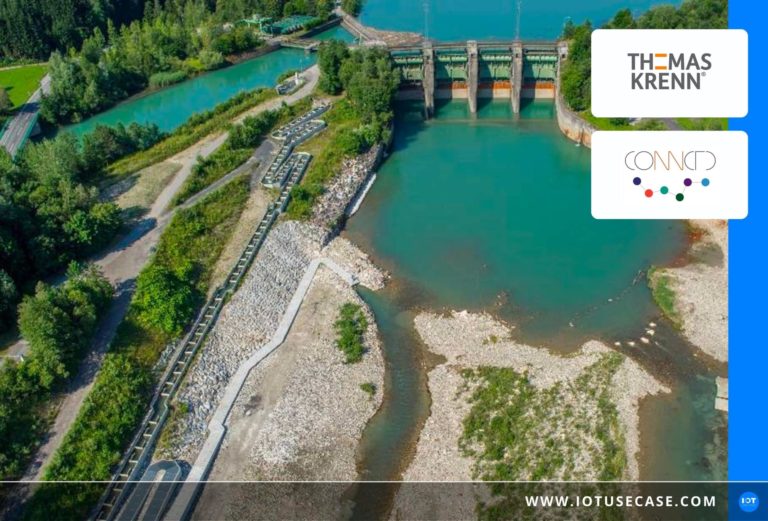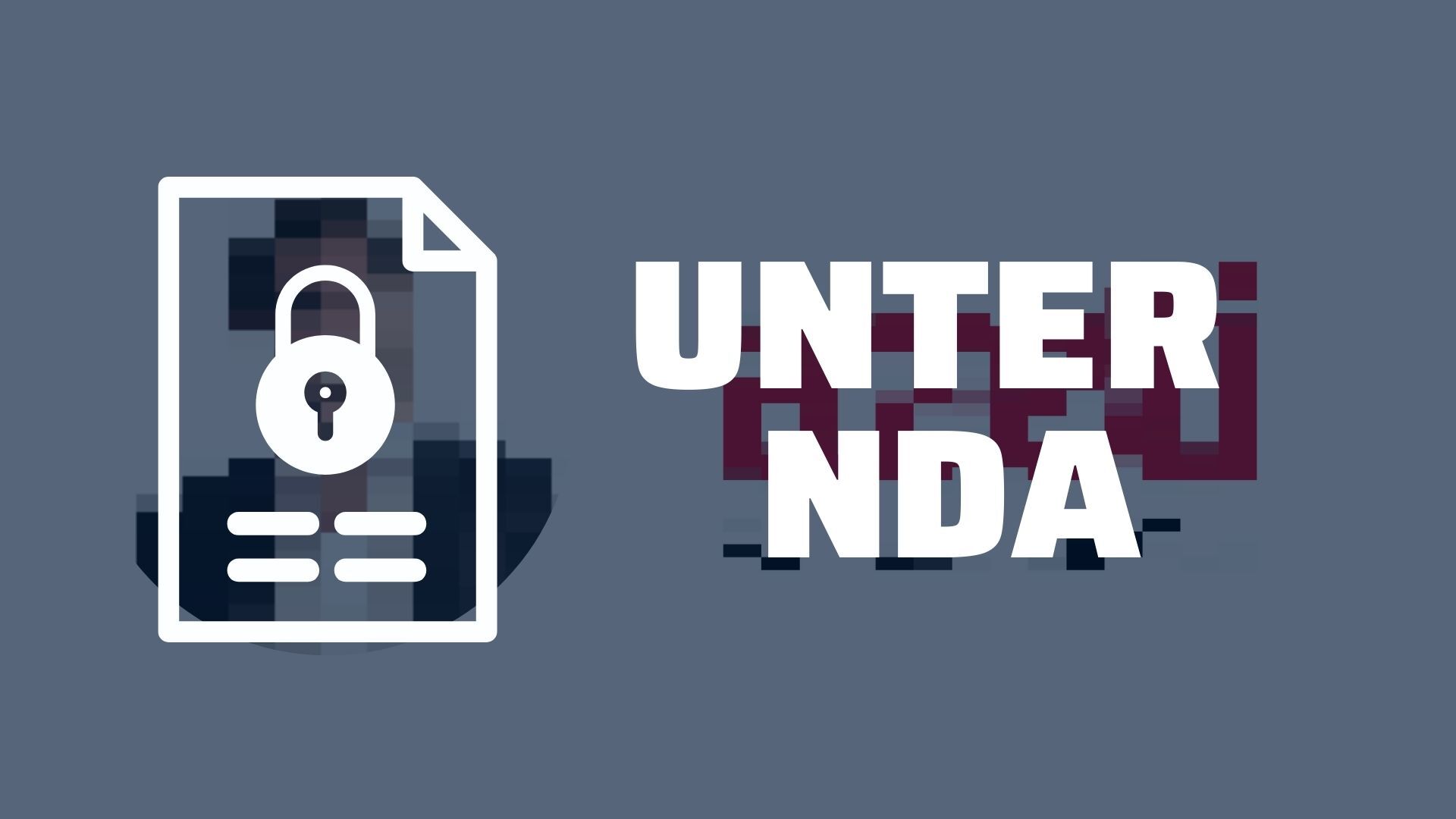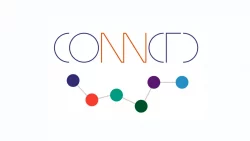Weather and climate patterns are changing, and short-term, massive weather events on a local magnitude are increasing. In the case of flood disasters, the warning time for localities and the population should therefore be sufficiently long and provide enough lead time for protective measures. During dry periods with the risk of drought, which lead to considerable lowering of water levels, navigation, agriculture and water supply need information on water levels that is as up-to-date as possible on an ongoing basis. Live level measurements for rivers and water bodies are therefore more necessary than ever.
The challenge: Sending many, small data packets and making different hardware usable for services
For the use case of level measurement, it is characteristic that regular measurements take place, each of which generates small amounts of data with state information from the real world – although the measurement frequency does not have to be very high. However, the locations are often widely distributed geographically. For intelligent water level measurement, it may be sufficient to have sensors measure the water level a few times a day or once an hour at different locations. Different sensor types can be used, because the installation conditions are always different depending on the location.
In this fish ladder scenario, there are no high bandwidth requirements. Low costs per sensor and transmission module are required, since hundreds or thousands of them are often needed, as well as a high radio range and the lowest possible power consumption. Furthermore, a flexible data and IoT platform is required so that no service adjustments have to be made when sensors and systems change over the rollout or when devices are replaced.
The solutions:
1) LoRaWAN transmits provider-independent and without licensing costs.
Low Power Wide Area Networks (LPWAN) were developed for the fish ladder use case, some of which are operated by cellular providers and cost licenses. LoRa (short for Long Range) and LoRaWAN (short for Long Range Wide Area Network), on the other hand, are the most widespread provider-independent and license-cost-free systems of this type and are used for the wireless transmission of signals over ranges of a few kilometers.
LoRa is a method for radio transmission of data packets in certain license-free ISM bands. These use a frequency range of a few hundred megahertz, so they are longer-wave (lower-frequency) than the frequencies used for WLAN or Bluetooth, but shorter-wave than FM broadcasting, for example. Exactly which frequencies are used depends on the country. In Germany, LoRa devices transmit almost exclusively in the 868 MHz band. LoRa uses an advanced modulation technique called Chirp Spread Spectrum Modulation, which makes it robust against interference and allows extremely low transmit power. In general, the transmission speed with LoRa is much lower than with WLAN or mobile communications, for example. LoRa is therefore not suitable for the transmission of voice, images or even videos, but is tailored precisely to the requirements in the IoT. A LoRa device often lasts for years with a standard lithium coin cell. LoRaWAN is the appropriate communication protocol.
Advantages:
- Provider-independent
- Very low investment and operating costs
- High reliability
- Versatility
- Good integrability into existing IT systems
- Partly free community networks
- Enterprise Support
- Flexible interfaces to cloud and IoT systems
- Open source and commercial implementations available

2) Deploy an interoperable and flexible data and IoT platform for efficient and scalable service development.
Reading data from sensors sent in specific formats can be very tedious and time-consuming, especially when multiple technologies or different devices are combined or change due to subsequent replacements. It is a considerable effort for service developers if they first have to trace the raw data from the data transmission payload device by device. This can be remedied by data and IoT platforms that abstract device data and make it available semantically/understandably at a high-performance service creation API, ideally combined with context information, in order to maintain the boundary conditions from the installations via these APIs at the same time.
Implementation
The service of level measurement of the fish ladder is divided into professional installation of sensors and gateways on site by the Thomas Krenn incl. LoRaWAN operation and the systematic connection of the installation to the CONNCTD IoT platform with subsequent data processing (analytics) and preparation in a web service.
The service for the level measurement on site at the fish ladder is provided by Thomas-Krenn-AG. After analyzing the requirements, the appropriate equipment is selected on site together with the user, and data transport and reliable operation are ensured. If first sensors are already installed or different systems are in use, these technical installations are harmonized by Thomas Krenn. Remote level monitoring of single installation or a group of installations is performed in a comprehensive web service.
The CONNCTD IoT platform serves as middleware, the software that performs data abstraction for easy preparation and pre-processing of device and context data, and provides various live data as well as historized data. This makes the actual service development convenient and efficient. All installation data, evaluations of time series, forecasts and analytics are implemented in the web service and suitably visualized as a data export or in a website. In this way, all installations are visualized uniformly and the data is also prepared and described appropriately for further applications.
Thomas Krenn AG and IoT CONNCTD GmbH offer:
- Monitoring and visualization of actual values and data history on a separate dashboard or via integration into the provider website
- Raw data access via API to the CONNCTD IoT platform
- Hardware selection for suitable on-site measurement, such as LoRaWAN sensors incl. LoRaWAN as a Service: This is important especially along rural structures to which no smart-city LoRaWAN networks exist.
- Combination with other data such as web data or weather data, for analytics, forecasts and further evaluations
- Export to open-data portals for further use of the data






